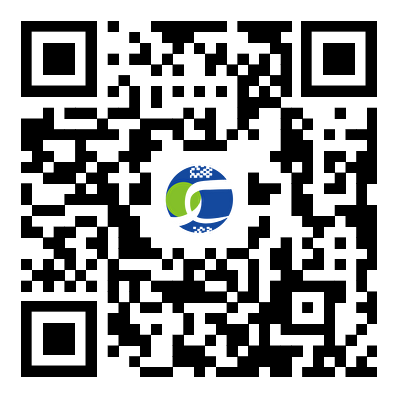The Characteristics of 4K Rearview Mirror Camera
2024-04-22
A 4K rearview mirror camera is a sophisticated piece of technology that combines the functionality of a traditional rearview mirror with the capabilities of a high-resolution camera system. Here are some features and considerations:
1. 4K Resolution: The term "4K" refers to the camera's ability to record video at ultra-high-definition resolution, typically around 3840 x 2160 pixels. This results in incredibly detailed and sharp video footage, which can be useful for capturing clear images of vehicles, road signs, and other objects behind the vehicle.
2. Dual-Channel Recording: Many 4K rearview mirror cameras feature dual-channel recording, meaning they can simultaneously capture footage from both the front and rear of the vehicle. This provides comprehensive coverage and ensures that all angles are captured in high definition.
3. Wide-Angle Lens: These cameras often come equipped with wide-angle lenses to capture a broad field of view, ensuring that important details are not missed, such as approaching vehicles or pedestrians.
4. Loop Recording: Like most dash cams, 4K rearview mirror cameras typically use loop recording to continuously record video footage in short segments. This ensures that the camera is always recording, and older recordings are automatically overwritten by new footage when the storage space is full.
5. G-Sensor: Many cameras are equipped with a G-sensor (or accelerometer) that detects sudden changes in acceleration, such as during a collision or hard braking. When triggered, the G-sensor locks the current video file to prevent it from being overwritten, preserving critical footage for review later.
6. Parking Mode: Some rearview mirror cameras offer a parking mode feature, which activates recording when motion or impact is detected while the vehicle is parked. This can help capture footage of hit-and-run incidents, vandalism, or theft attempts while the vehicle is unattended.
7. Touchscreen Display: The rearview mirror often features a built-in touchscreen display for easy navigation of settings, playback of recorded footage, and real-time monitoring of the camera's view.
8. Integrated GPS: Certain models may include a built-in GPS module to record location and speed data along with the video footage. This information can be useful for documenting routes, tracking vehicle movements, and providing evidence in legal proceedings.
9. Wi-Fi or Bluetooth Connectivity: Some cameras offer wireless connectivity options, such as Wi-Fi or Bluetooth, allowing users to transfer footage to their smartphones or other devices for viewing, editing, and sharing.
10. Installation: Installation of a 4K rearview mirror camera typically involves replacing the vehicle's existing rearview mirror with the camera-equipped mirror. Depending on the model, additional wiring may be required for power and connectivity.
When choosing a 4K rearview mirror camera, consider factors such as resolution, recording capabilities, features, and compatibility with your vehicle. Additionally, ensure that the camera complies with any local regulations regarding the use of recording devices in vehicles.



